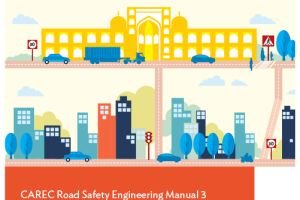US Department of Transport. In-vehicle Performance Monitoring and Feedback

Overview
In-vehicle Performance Monitoring and Feedback
In-vehicle monitoring and feedback technology captures and reports safety-related information on driving performance. The technology is available through private vendors, car insurance companies, smart phone applications, and is built into some newer vehicles. Monitoring devices vary widely in terms of data captured and cost, and may be portable or hard-wired to the vehicle. Most units report global positioning system (GPS)-based travel history and approximate location of stops. Some units record more detailed information, such as maximum speed, distance traveled, hard-braking events, check engine codes, throttle position, engine speed, and timing advance. Emerging capabilities include accident avoidance or pedestrian detection technologies. Data are retrieved either manually by downloading the device’s stored information to a computer or through wireless technology.
In-vehicle monitoring can be used by parents, businesses, fleet owners, and insurance companies to monitor and provide feedback on driver performance to encourage safe driving practices. Immediate feedback, in the form of warnings or alarms, notify drivers of potentially unsafe driving. Notices via text or e-mail can alert those monitoring the vehicle to certain movements or when the vehicle leaves a specified location. The most common use of this technology has been to monitor teen drivers. However, the technology is becoming used more frequently in commercial operations to track trucking fleets and freight movement, monitor delivery times and driver productivity, and provide real-time updates and scheduled reporting via text or e-mail. It is also being used to record statistics such as idle time, cruise time, hard-braking and rapid speed change events, speed, and driver hours of service. Some insurance companies offer voluntary monitoring and potential reductions in insurance premiums to encourage safer driving among customers. Such use may be associated with “pay as you drive” insurance programs.
Did you know?
82% of Road Crash Fatalities and Injuries in the economically productive age groups (15 - 64 years.)
82% of Road Crash Fatalities and Injuries in the economically productive age groups (15 - 64 years.)


